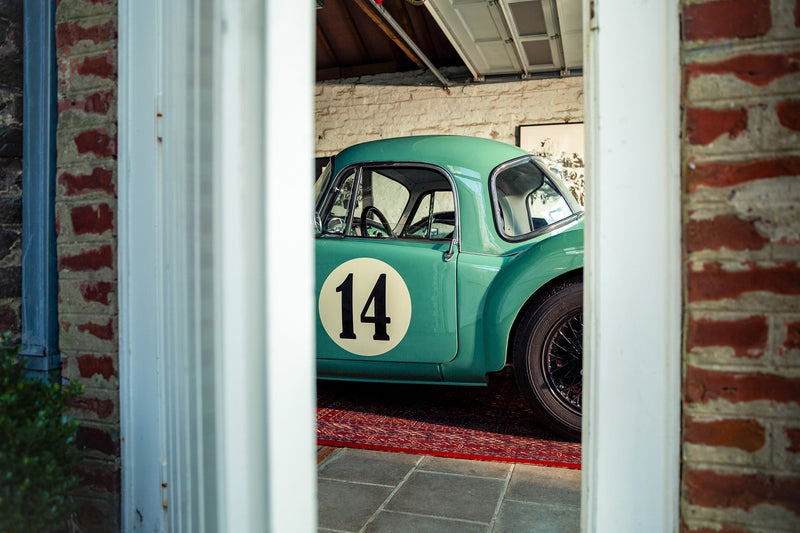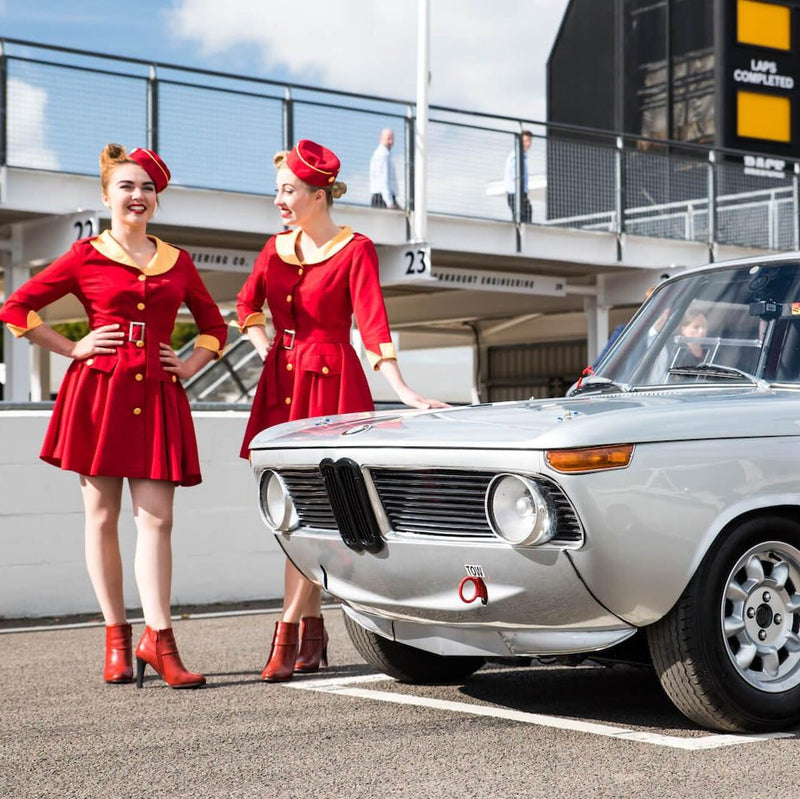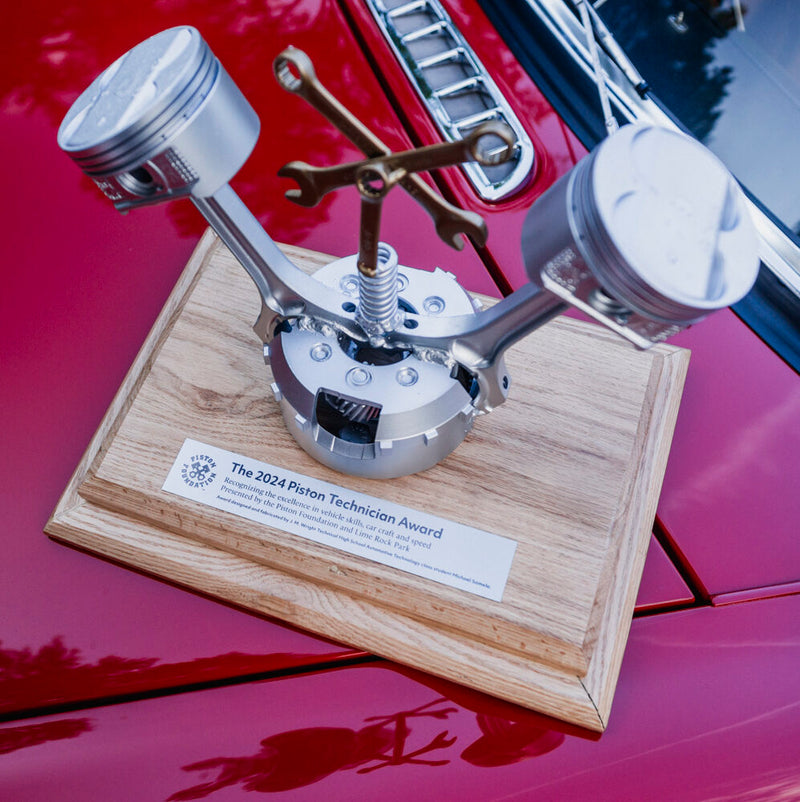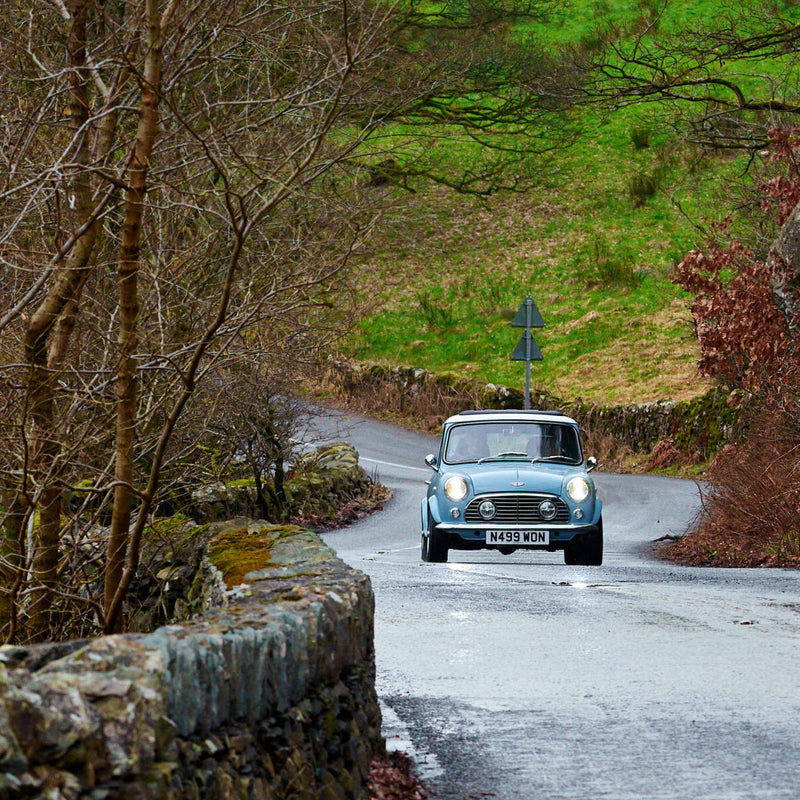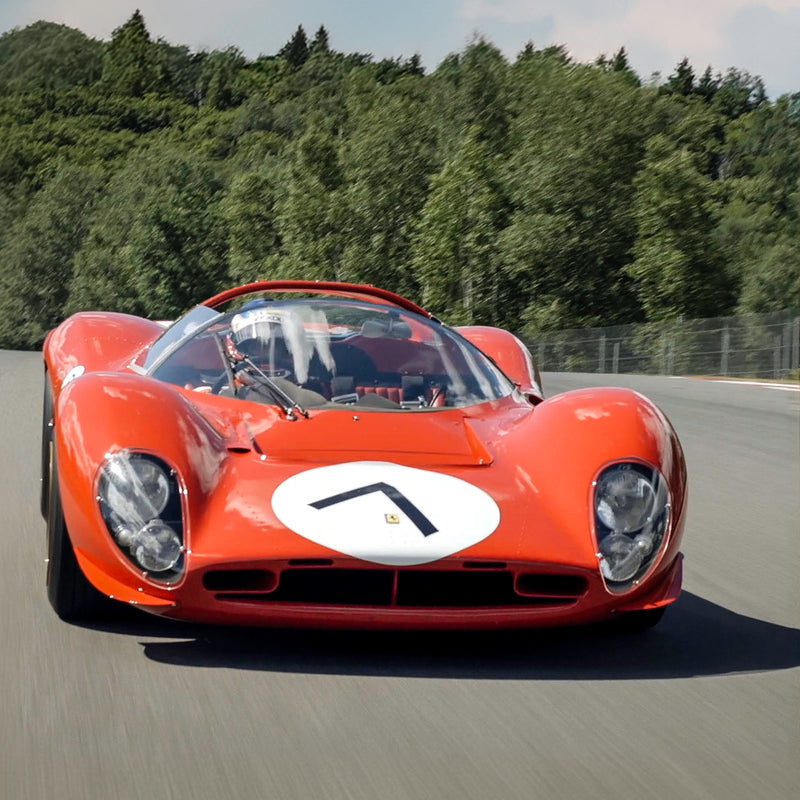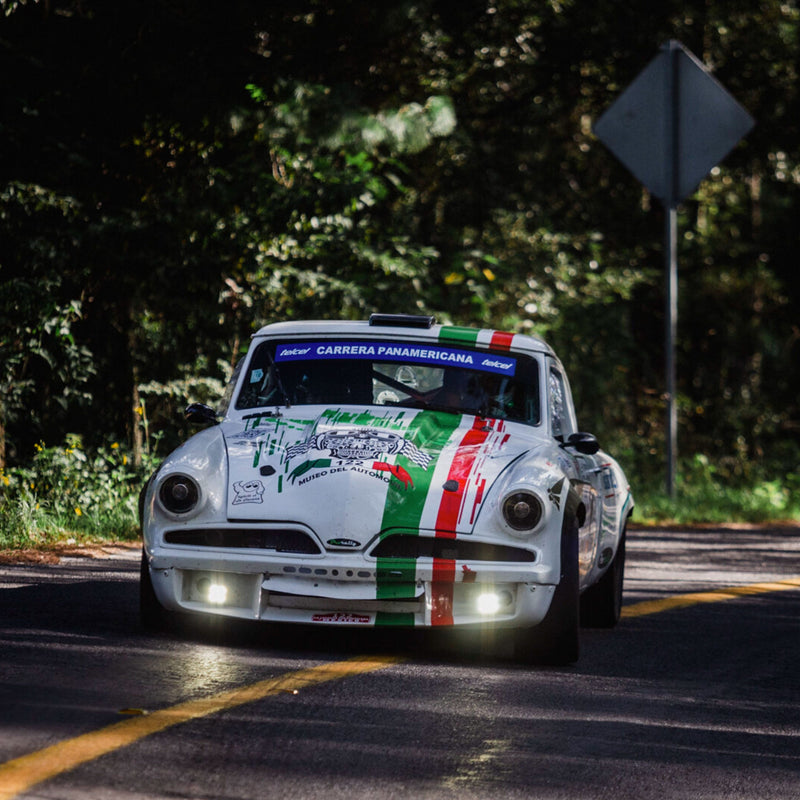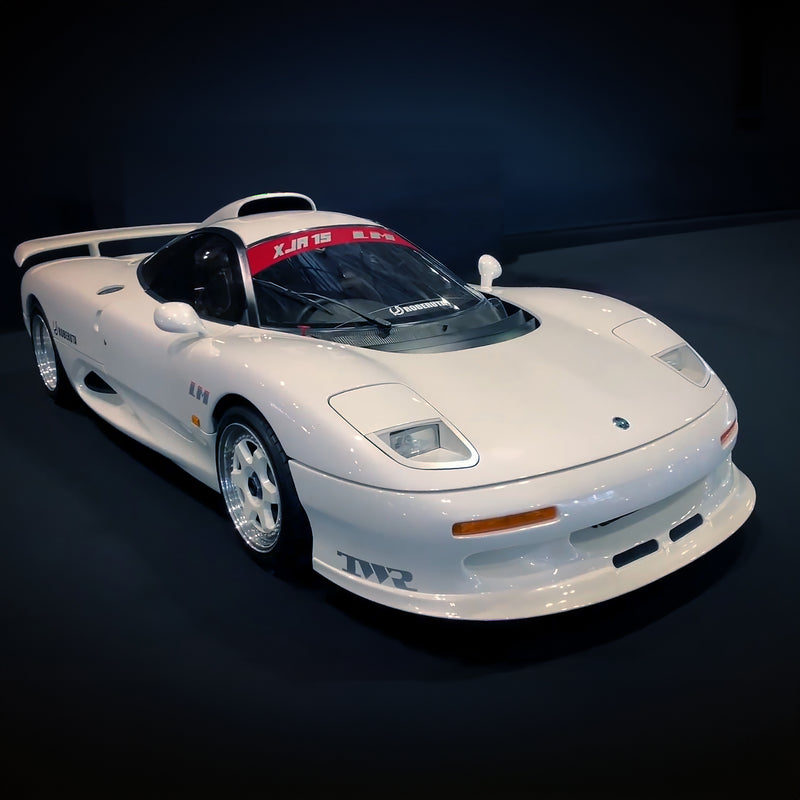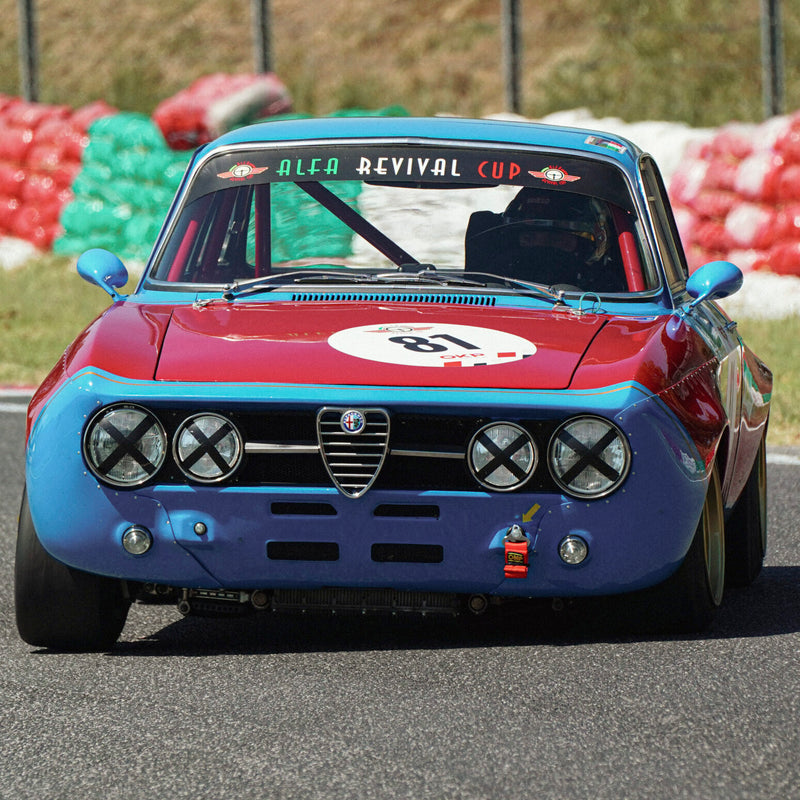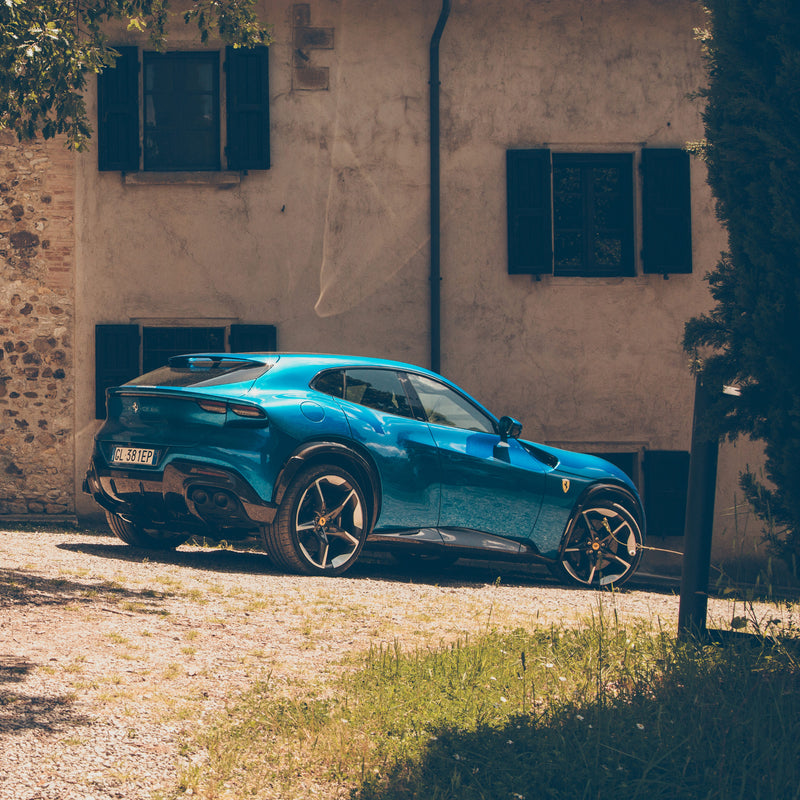The Porsche 917 is certainly one of the most iconic cars of all time. Of the sixty-five built between 1969 and 1973, some have an impressive racing history, others a more modest one. Some 917s saw special duty, like the beastly 917/10 and 917/30 built specifically for the American CanAm series. Another 917 was made street-legal for Count Rossi, and some have a very special history, like 917 #013 that we encountered on the French autodrome of Montlhéry.
Chassis number #013 was built in 1969, and is thus one of the first twenty-five examples completed for the CSI (Commission Sportive Internationale, then the independent competition arm of the FIA) homologation, this mythical homologation as Ferdinand Piëch explained: the Porsche Motorsport team was very late, and under-estimated the time they needed to complete all the cars. So, on April 20th, when the CSI inspectors arrived, for the second time, to see the needed twenty-five cars, some cars had wooden brake calipers, some others had parts glued on and beginning to slip off, some had fake engines, etc. When Piëch offered the inspectors the opportunity to take any for a test drive, they declined, thankfully. Still, the development of the 917 took only ten months from concept to homologation and featured Porsche's first-ever twelve-cylinder engine.
Once built and functional, #013 was converted to a 1970 917K (kurzheck , or short tail) as a result of John Wyer Engineering's aerodynamic work to make the 917 easier to handle. Apparently, the very first cars were considered rolling coffins by the factory drivers, who were absolutely terrified of the 917's high speed handling and didn't want to drive them.
It hit the track that year, with a good result at Sebring as it arrived fourth, driven by Mr. Pedro Rodriguez and Mr. Leo Kinnunen (the first Finnish Formula One driver). A few weeks later, the car went to Le Mans to be used during the filming ofLe Mans with Mr. Steve McQueen. It was involved in an accident and sent back to the factory for some serious repairs. As the chassis was damaged, the factory changed the chassis number to #034, so it became 917K #013/034.
1971 was a very successful year for the car, as it won the Daytona 24 Hours and the Monza 1000km with racers Perdo Rodriguez and Jackie Oliver at the wheel. Then Jackie and Mr. Richard Attwood won two other victories at Spa and the Zeltweg 1000km in Austria. Finally, drivers Derek Bell and Gijs van Lennep finished second at Barcelona, and won the Paris 1000km at the autodrome of Montlhéry, near Paris.
It was retired following the season and in 1973 a gentleman driver, Mr. Mark Finburgh, went to Stuttgart to buy a used Porsche 917. When he arrived at the factory, the race department tried to sell him a 908, which was easier to drive, but in vain. Mark spotted a 917 at the end of the court, under covers and snow. It was a 917K, still in its original John Wyer team Gulf Oil livery, chassis number 917K #013/034.
Since then, Mark preserves this car in its rarest and fragile original condition. He took it specially from the Stavelot museum in Spa-Francorchamps where it's normally displayed, to bring it back on the autodrome of Montlhéry for the first time since its 1971 victory. It's always a great moment when you see a 917 on the track, but to see it again on the ring after all these years, still in its original condition, was an exceptional and very emotional moment. The sound of the flat-12 engine is amazing, and this 917K shape under the sun, on this very historic track, is just pure happiness.


